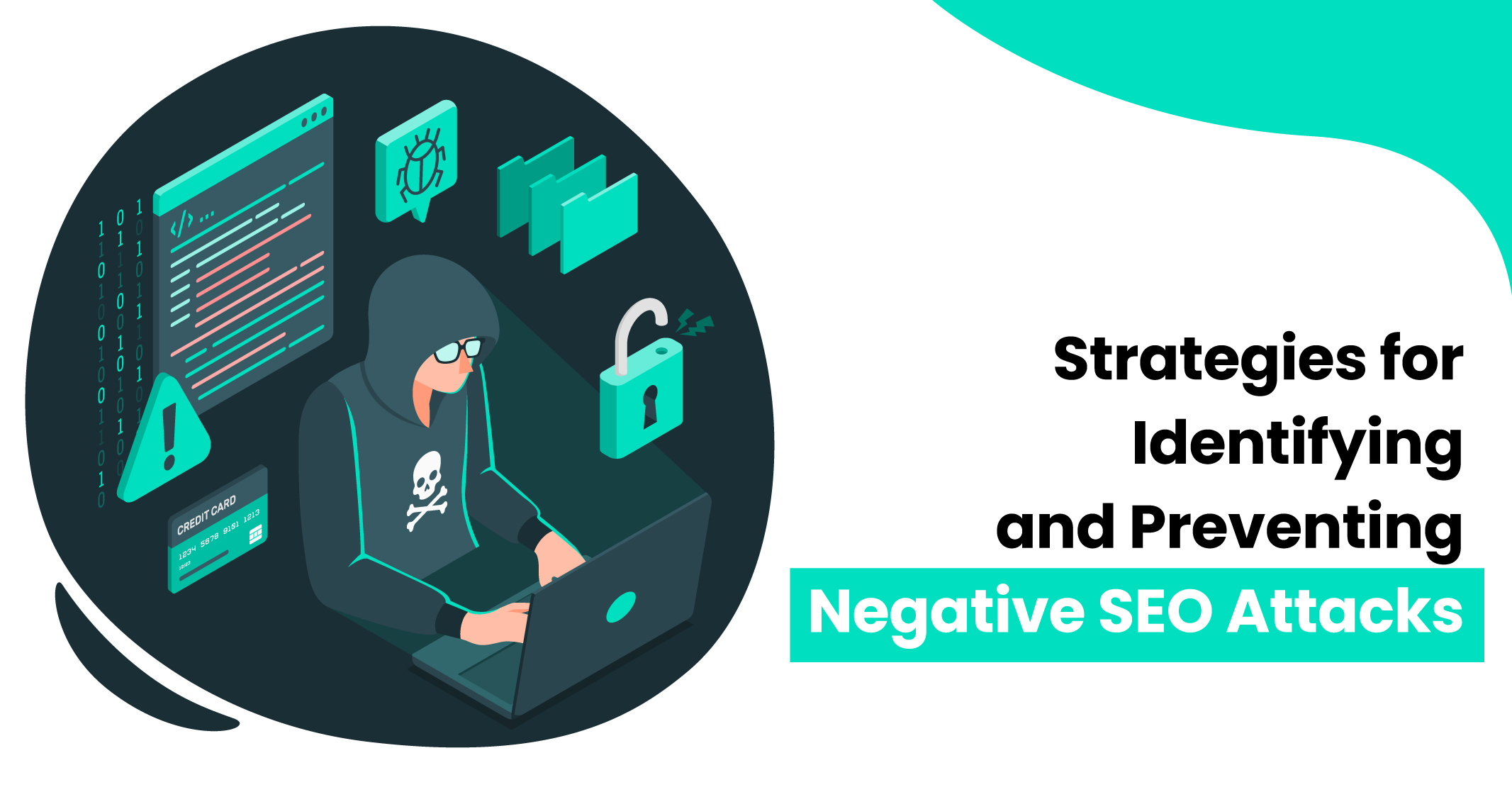I hope you enjoy reading this blog post.
If you want to get more traffic, Contact Us

Click Here - Free 30-Minute Strategy Session
Be quick! FREE spots are almost gone for this Month. Free Quote

Negative SEO refers to harmful tactics aimed at degrading a website’s search engine rankings. These practices are often executed by competitors or malicious actors seeking to harm a site’s credibility. Common methods include creating spammy backlinks, stealing content, or using low-quality keywords against a targeted site. Negative SEO exploits weaknesses in algorithms to diminish visibility, traffic, and authority. It requires vigilance because attacks can go unnoticed until the damage manifests in ranking drops. Prevention and monitoring are crucial to safeguarding digital presence. Understanding these risks equips site owners to recognise threats early and take actionable steps to counteract them effectively.
Identifying a negative SEO attack is critical to mitigating its damage. Symptoms often include sudden drops in organic search rankings, unexplained spikes in backlinks from suspicious or irrelevant sites, and a drastic decline in website traffic. Webmasters may notice duplicate content appearing online or unauthorised removal of valuable backlinks, which damages domain authority. Sometimes, errors can surface in Google’s Search Console, such as an abnormal crawl rate or a surge in disavow requests linked to penalised domains. Regular monitoring of analytics and backlink profiles can help uncover these abnormal patterns early, aiding in swift action to counteract the attack efficiently.

Click Here – Free 30-Minute Strategy Session
Be quick! FREE spots are almost gone for this Month
Negative SEO encompasses various techniques aimed at sabotaging a website’s performance in search engine rankings. These tactics typically include:
Effective monitoring is key to mitigating these attacks.
Negative SEO refers to malicious tactics designed by external entities to harm a website’s search engine ranking, contrasting usual SEO hurdles that arise naturally. Regular SEO challenges often stem from Google algorithm updates, improper technical configurations, or on-page issues like duplicate content. Negative SEO, however, involves intentional sabotage such as creating toxic backlinks, content scraping, or triggering link spamming algorithms.
While regular challenges are manageable through optimisation, negative SEO requires proactive monitoring. It differs by targeting vulnerabilities from outside, not within the site. Owners face issues like fake reviews, forced downtime via DDoS attacks, or stolen content, all aimed to manipulate perception and ranking. Active defence is crucial.
Negative SEO attacks are often driven by malicious intent, with perpetrators seeking to harm a competitor’s online presence. Below are the primary motivations behind such actions:
Understanding these motivations can help identify risks and implement preventive measures effectively.
Monitoring your website for negative SEO requires consistent vigilance and the utilisation of reliable tools to detect irregularities.
Employ monitoring solutions and act promptly to address any signs of negative SEO behaviour.
Regular backlink audits are essential for identifying and combating negative SEO. Harmful backlinks, often created by malicious entities, can tarnish a website’s authority and lead to penalties from search engines. By systematically reviewing backlinks, webmasters can pinpoint unnatural or toxic links that may harm rankings.
Tools like Google Search Console, Ahrefs, or SEMrush assist in identifying potentially damaging links. Key indicators of malicious backlinks include low-quality domains, unrelated topics, or an overuse of exact-match anchor text. Upon identification, harmful links can be disavowed through Google’s Disavow Tool.
Consistency in conducting backlink audits helps maintain a clean link profile, reducing vulnerabilities to SEO sabotage.
When a website comes under a negative SEO attack, swift and strategic action is essential to mitigate damage. Here are key measures to take:
A disavow file serves as a safeguard against harmful backlinks that can damage a site’s search engine rankings. Maintaining a clean and up-to-date disavow file helps websites combat negative SEO by preventing toxic links from being associated with their domain. To achieve this, webmasters should periodically review their backlink profile using tools like Google Search Console or third-party SEO platforms. Any suspicious or spammy domains should be identified and added to the disavow file. Consistent auditing ensures that new harmful links do not slip through undetected, keeping the website free from penalties and maintaining its performance in search engine results pages.
Google Search Console serves as a powerful ally in combating negative SEO. It enables webmasters to monitor and respond to potential threats effectively. Through the platform, users can:
Timely action based on insights from Google Search Console helps mitigate risks and protect your website’s credibility.
Website security forms the cornerstone of safeguarding against negative SEO attacks. Implementing robust security measures helps prevent unauthorised access, malicious code injections, and data breaches. Effective steps include:
Proactively addressing security vulnerabilities strengthens the foundation for mitigating potential negative SEO threats and maintaining site integrity.
Managing online reputation damage caused by negative SEO requires a proactive and structured approach:
High-quality content plays a pivotal role in protecting a website from negative SEO threats. Search engines reward fresh, relevant, and engaging content, making it harder for malicious attempts to harm rankings. Quality content establishes authority and trust, discouraging counterfeit websites from outranking the original source.
Furthermore, by focusing on user intent and delivering valuable information, a website can generate organic backlinks naturally. These backlinks act as a buffer, making the site resilient to spammy link practices.
For optimal protection, regularly updating content, conducting audits for duplicate material, and addressing thin or outdated pages are imperative strategies to follow.
Remaining vigilant against negative SEO requires consistent effort and a proactive mindset. Website owners must regularly monitor online presence, employing tools to track backlinks, site speed, and keyword rankings. Preventative action, such as securing servers with robust firewalls and implementing HTTPS protocols, can mitigate risks.
Responding swiftly to potential threats like spammy backlinks or unauthorised content modifications is essential. Collaborating with trusted SEO professionals can provide advanced insights and strategies. By fostering a clean backlink profile, using strong passwords, and staying updated with algorithm changes, one can safeguard their site effectively.
Sustained awareness and routine evaluations are key to preserving site integrity.

LEAVE A REPLY